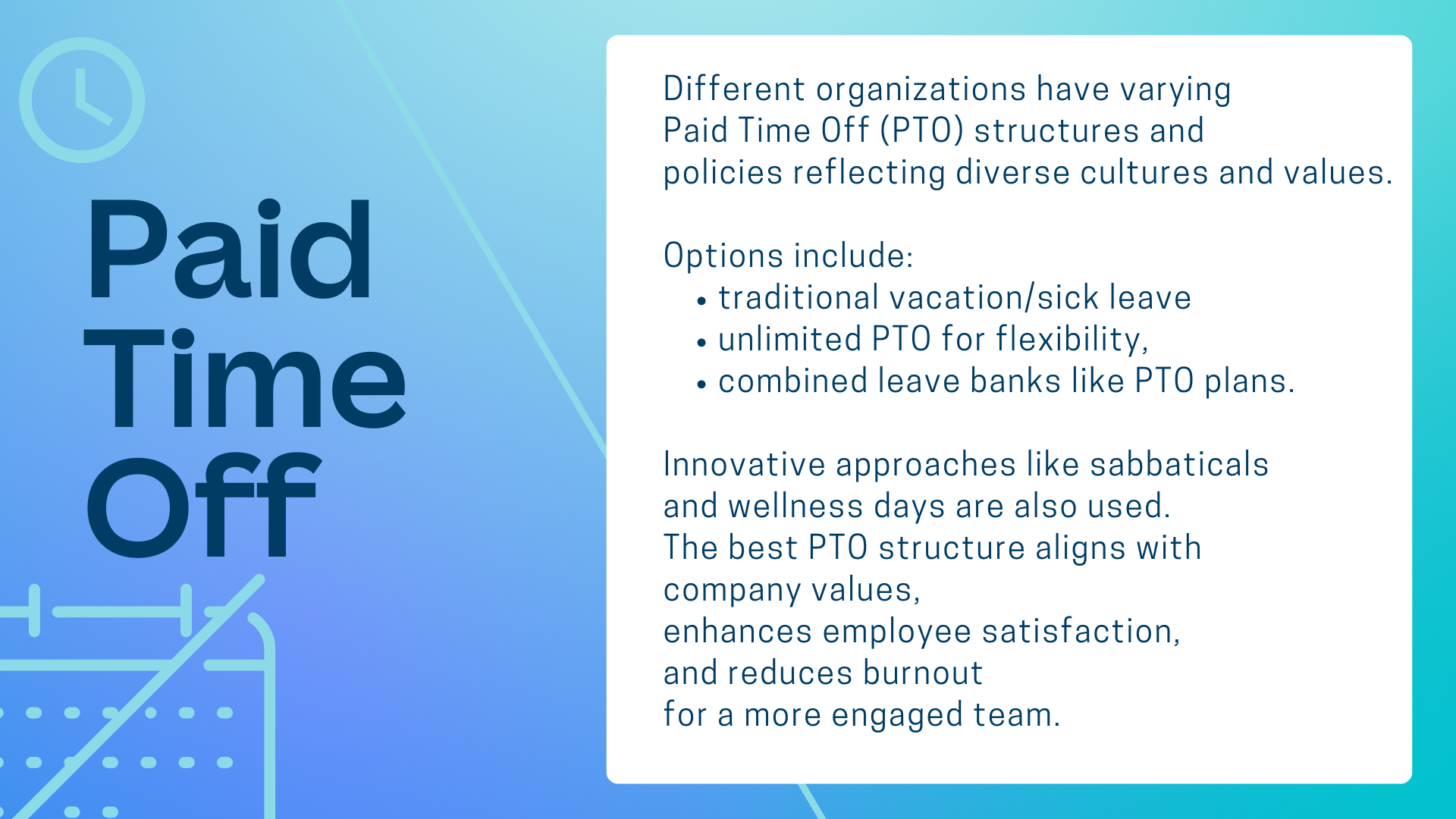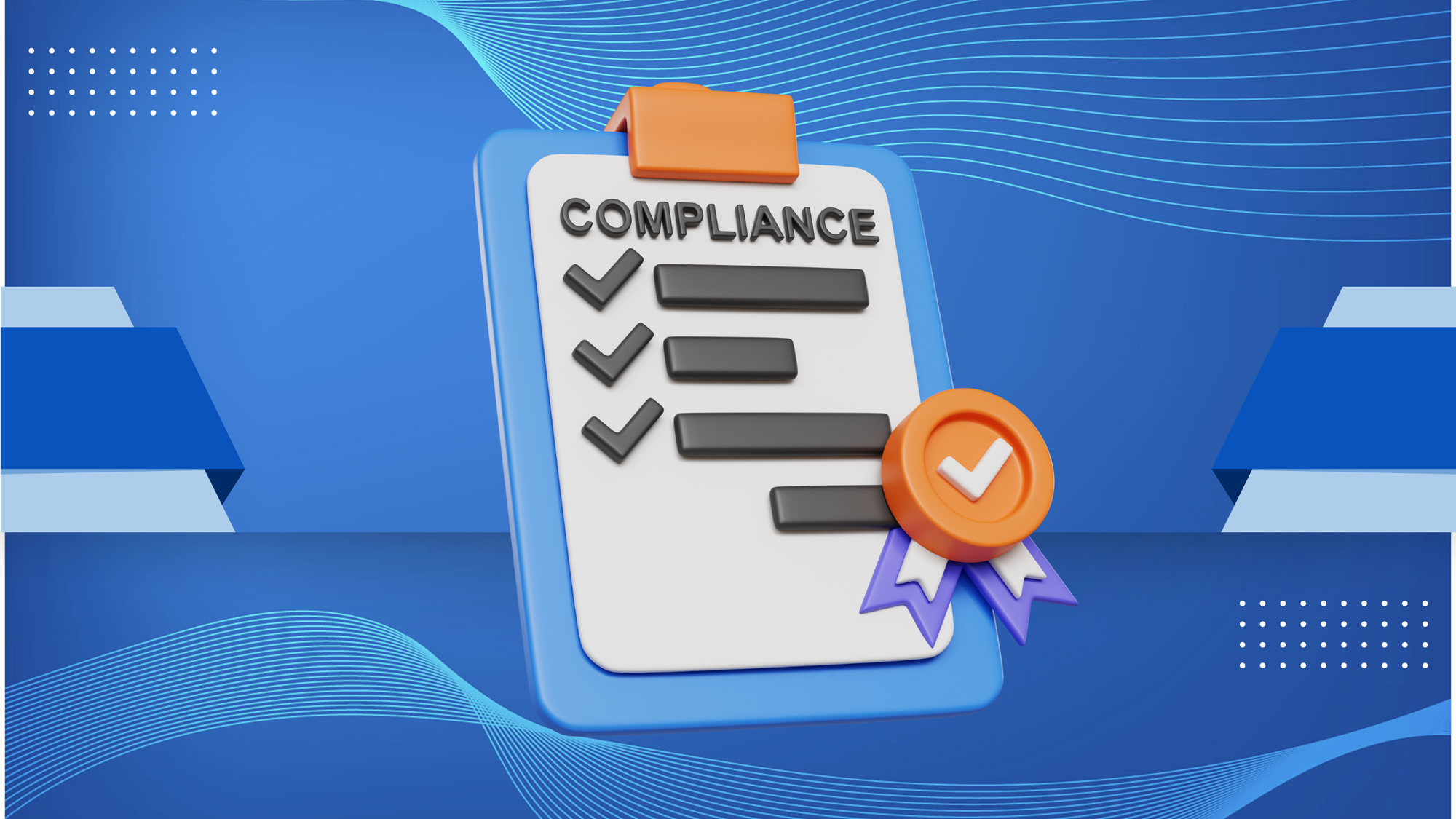The Ultimate Guide to Paid Time Off Tracking in 2024
Get the most comprehensive guide to PTO tracking in 2024 to have your company better manage Paid Time Off (PTO). Discover the best way to define PTO, monitor employee vacations, and apply your work-off policies to have a successful workforce.

In 2024, paid time off (PTO) tracking has become increasingly important. It helps employees maximize work-life balance and manage staff leave effectively.
PTO Meaning
Paid Time Off (PTO) is an important benefit that enables its employees to take time off, but remain paid🪙
The Importance: Paid time off policies show the concern of an organization for the welfare of the workers in their physical and mental well-being.
Research consistently demonstrates the positive impact of PTO on employee well-being leading to:
- Reduced stress
- Prevention of burnout
- Improved focus
- Better concentration
- Enhanced creativity
- Problem-solving as a priority
- Strong immune function
- Most importantly, increased job satisfaction

But a lot of workers don't take advantage of their paid time off, which can lead to burnout and decreased output.
This guide provides you with the information you need to successfully manage your paid time off and ensure a seamless transition back to work.
Types of PTO
PTO (Paid Time Off) structures are different ways companies handle employee leave.

Instead of offering separate buckets for vacation, sick days, and personal days, PTO combines them into one pool of time employees can use for any reason. There are a few main structures.
- Traditional PTO: This type includes vacation days, sick days, and personal days. They are allocated separately. Employees have designated amounts for each category and must use them.
- Consolidated PTO Banks: Under this system, all types of leave are pooled into one comprehensive bank. Employees can use the time off for any reason, including vacation, sickness, or personal matters. This model is highly flexible and beneficial for the administration of leave policies.
- Unlimited PTO: Some companies offer unlimited PTO, where employees can take as much time off as they need, as long as their work is complete. There are still company policies that must be followed, though.
- Floating Holidays: These are typically separate from other PTO. They allow employees to take off days for personal events (religious holidays, birthdays, or anniversaries).
- Mandatory PTO: Certain organizations require employees to take time off to prevent burnout; moreover, they ensure that employees are using their allotted time off. This can include mandatory shutdown periods where the entire company takes time off, such as during the end-of-year holidays.
- Sabbatical: While not common in all industries, some companies offer extended leaves, known as sabbaticals, typically after a set period of employment, like 7 or 10 years. These can last from a few weeks to several months and are often used for personal development, travel, or volunteering.
There are also some variations on these structures.
🔍Cafeteria Plans: These let employees choose between different benefits packages, including PTO amounts.
🔍PTO Buying: Some companies allow employees to purchase additional PTO days.
🔍PTO Donation Plans: This allows employees to donate unused PTO to colleagues who need it for emergencies.
✍️ Ask potential employers about their PTO policy during the interview process.
Each type offers unique benefits to employees and requires specific tracking mechanisms to ensure proper utilization. The best PTO structure for you depends on your needs and the company culture.
💡9 eye-opening statistics about paid time off (PTO) you won't want to miss
The average American worker in the private sector receives about 10 days of paid vacation per year. This number is significantly lower compared to other developed countries.
A staggering 55% of Americans do not use all of their vacation days. In 2022, American workers left an average of 9.5 unused PTO days, accounting for 27.2% of the PTO offered by employers.
Approximately 28 million Americans lack any paid vacation or paid holidays. The U.S. is the only advanced economy that does not mandate paid vacation days for workers.
Non-profit organization employees enjoy the most generous PTO benefits, averaging 17.5 days per year, while employees in sectors like marketing and mining receive much less.
On average, private industry workers receive about 8 days of paid sick leave annually after one year of service. This number increases with tenure.
PTO is a significant factor in job acceptance. Around 63% of employees would turn down a job offer that provided fewer than 15 paid vacation days.
Despite taking vacation days, 52% of employees report working during their time off. This highlights the difficulty many workers face in disconnecting from their job responsibilities.
Fortunately, more employers normalize mental health by framing mental health days as a valid use of PTO for stress relief and rejuvenation.
Unlimited vacation policies have seen significant growth. These policies offer greater flexibility and can enhance employee well-being and productivity.
Benefits of Accurate PTO Tracking
With PTO structures and policies in place, tracking PTO accurately ensures compliance with labor laws, fair distribution of time off, and efficient workforce management.
Accurate PTO tracking provides several benefits to both employees and employers.
Compliance: Ensures adherence to labor laws and company policies regarding employee leave entitlements.

Fairness: Helps in the fair distribution of PTO among employees based on tenure, role, or other relevant factors.
Efficiency: Enables better workforce planning by managing staffing levels during peak vacation seasons.
Transparency: Promotes transparency in PTO accrual, usage, and rollover policies.
Productivity: Maintains productivity levels by preventing understaffing due to unplanned absences.
Understanding PTO Policy
Your company's PTO policy details will significantly impact how you manage your time off.
Familiarize yourself with the following aspects of your company's plan:
- Accrual vs. Banked System: Does your company accrue PTO over time (often based on hours worked), or do you receive a set number of days at the beginning of the year?
- Carryover Policy: Does unused PTO carry over to the next year? If so, is there a maximum amount you can accumulate?
- Blackout Periods: Are there specific times of the year when PTO requests are restricted?
- Minimum Notice Requirements: How much notice do you need to give before requesting PTO?
Pro Tip: Unsure where to find your company's PTO policy? Most companies include it within the employee handbook or on the company intranet. You can also consult HR to clarify any questions you have.
Strategic PTO Planning
Taking advantage of PTO requires thoughtful planning.
Here are some key strategies to maximize your time off:
- Request PTO Early: Especially for popular vacation times or periods surrounding deadlines, submit your requests well in advance to secure your desired dates.
- Leverage Holidays: Strategically placing PTO days around holidays can extend your weekends into mini-vacations, allowing you to explore more without using additional PTO.
- Consider Seasonality: Be mindful of peak travel seasons and potential weather disruptions when planning trips.

Maximize Your Time Off
Time off should be efficient in the way you spent it to rejuvenate well.
Match activities to goals: Be it adventure or repose, you need to make sure that you select the activities that actually restore your energy and build your health.

Put Boundaries: Define communication with your colleagues and explain why you are not at the office. Never check work emails and resist the temptation of replying to work messages unless it is very necessary.
Good Communication: Make sure to communicate with your supervisor and other teams about your absence. Assign the responsibilities as necessary so that during the vacation, the working process flows smoothly.
Return to Work Seamlessly

Being back to work after PTO may be a difficult task.
These are some of the suggestions to ease the transition.
Put your mindset: Work should be seen as a way to attain the lifestyle you want (work to earn a vacation and personal time).
Set aside a Buffer Day: Do not pack your first day back to the max. There is a need to set aside time to clear emails and meetings without feeling overburdened.
Start small: Start off small and work on some manageable tasks.
Prioritize and Organize: This is the step where you need to create a list of the areas in your job that you like and then rank them. Next, create a to-do list once you are back, and give priority to vital things to have a feeling of control.
Self-Care: Re-entering the workforce does not imply that one should neglect himself or herself. Practice fitness and make time to rest to avoid burnout.
Best Practices for Paid Time Off Tracking
Implementing effective PTO tracking requires adherence to best practices.
Establish Clear PTO Policies
- Outline accrual rates, rollover limits, blackout periods, and approval procedures.
- Make these policies readily available on a company wiki or intranet for easy access
- Include a flowchart for the PTO approval process to avoid confusion.
Implement a User-Friendly PTO Tracking System
- Move away from paper-based systems or spreadsheets prone to errors and automate PTO management with reliable advanced time tracking.
- Consider cloud-based PTO management software that integrates with existing payroll or HR systems.
- Use features like automatic accrual calculations and blackout period restrictions. This frees up HR and managers' time to focus on strategic initiatives.
- Ensure the system is mobile-friendly for easy access and request submission.
Utilize a centralized system or software like TMetric for tracking PTO requests, approvals, balances, and usage history. TMetric offers a user-friendly interface for employees to submit requests and managers to approve them.
Encourage Early PTO Requests
- Set clear deadlines for submitting PTO requests, especially for popular times.
- This allows for transparent scheduling and avoids conflicts.
- The PTO management software can be programmed to send automatic reminders to employees.
Promote PTO Visibility
- Utilize a shared calendar system that displays team member PTO schedules.
- This fosters transparency and helps colleagues plan coverage during absences.
- The PTO management software can integrate with team calendars for automatic updates.
Offer PTO Planning Resources
- Develop a guide or training session to educate employees on strategic PTO planning.
- Include tips on requesting PTO early, leveraging holidays, and considering seasonality.
Communicate PTO Balances Regularly
- Integrate automated notifications into your PTO tracking system to remind employees of their remaining PTO balance before it expires
- Encourage employees to schedule vacations or mental health breaks throughout the year
Track and Analyze PTO Trends
- Use the PTO management software to generate reports on PTO usage.
- Identify busy or slow periods, employee preferences for time off, and potential coverage gaps.
- Analyze this data to make informed decisions about staffing adjustments or policy modifications.
Future Trends in PTO Tracking
As technology advances, the future of PTO tracking may involve:
- AI Integration: AI-powered tools for predictive analysis of employee leave patterns and forecasting staffing needs.
- Mobile Accessibility: Mobile apps for easy access to PTO balances, request submissions, and approvals on-the-go.
- Flexible Work Arrangements: Integration of remote work policies with PTO tracking systems for seamless management of virtual teams.
Conclusion
It is important to highlight again that paid time off-tracking is the key to having a healthy work-life balance and operational efficiency in 2024 on both the employee and business sides.
PTO is a good benefit intended to bring desirable welfare to its beneficiaries, needless to say, their performance at work.
Being knowledgeable about a company policy, strategic planning, and effective use of time off, employees can utilize PTO to achieve work-life balance and become more productive.



